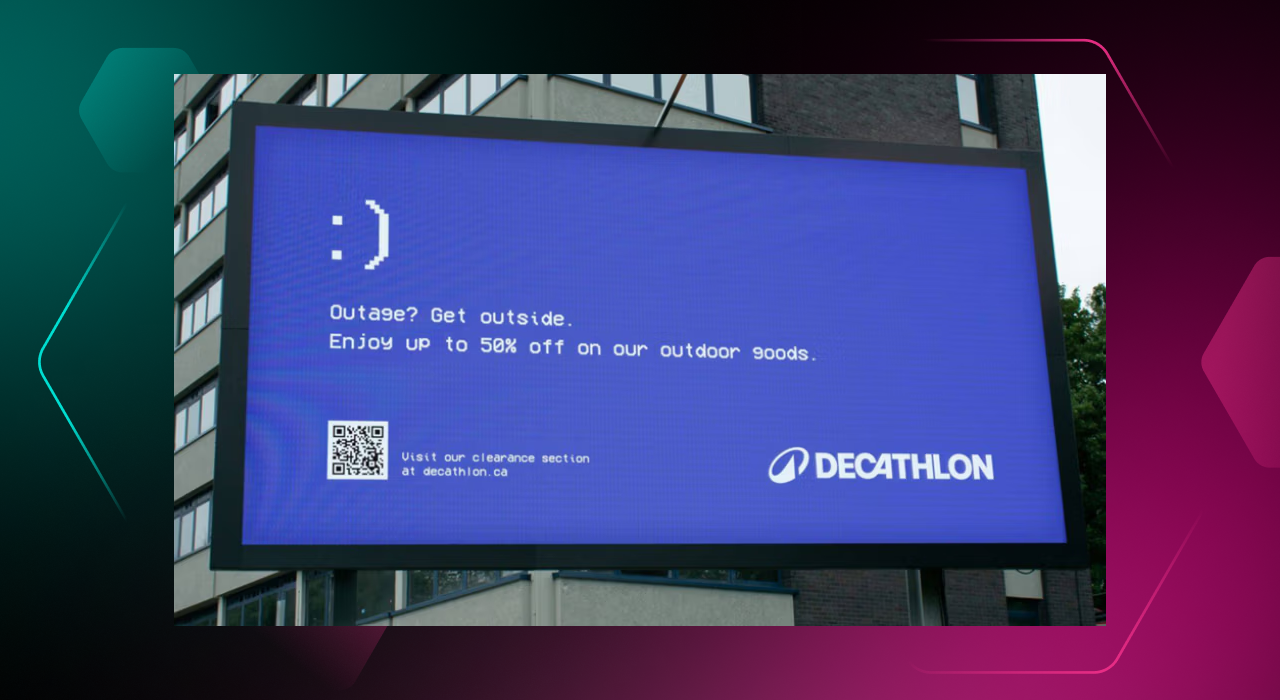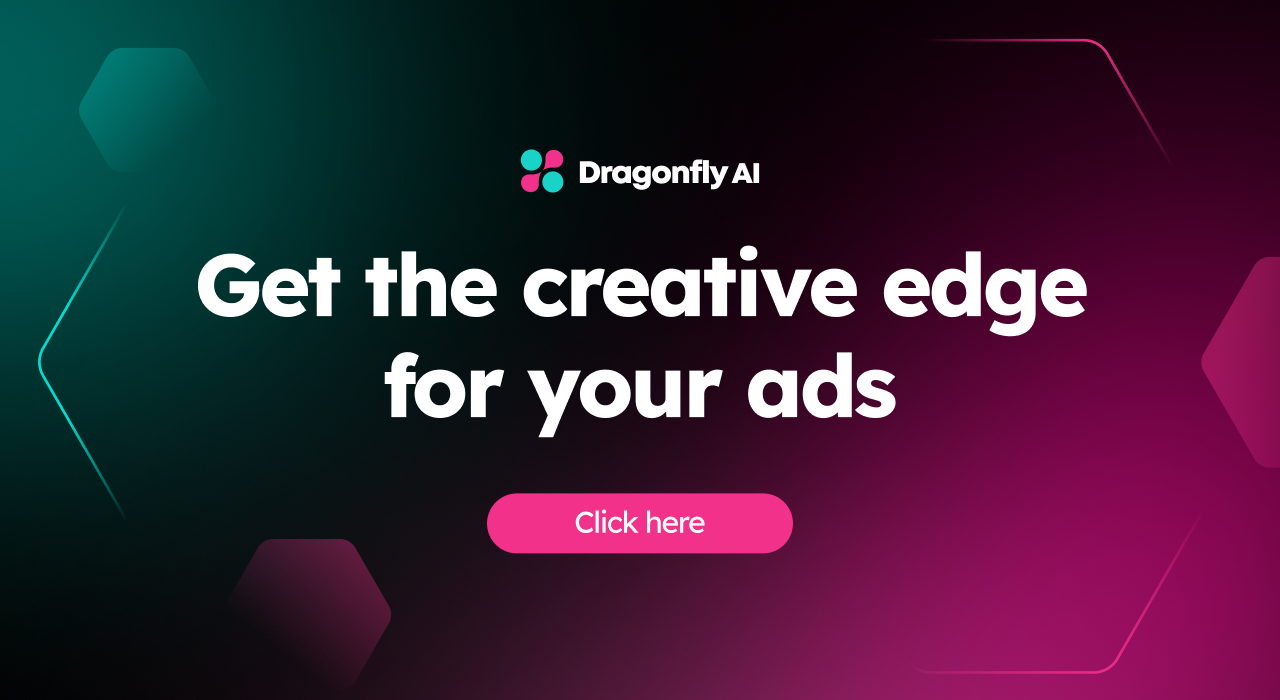Advertising isn’t cheap, and the real cost of a bad ad goes far beyond just money. Every day, consumers see thousands of messages, so you have seconds, sometimes less, to stand out, spark interest, and drive action. With attention spans getting shorter and digital channels multiplying, ad testing before launch is no longer optional—it’s how you protect your budget and your brand.
Ad testing gives you clear data to guide your creative decisions. Instead of guessing which version performs best, you get upfront insights that help you choose with confidence.
With the annual global advertising revenue expected to climb to a staggering $1.4 trillion by 2029, brands could lose billions every year on ads that don’t connect or bring results.
Here, we’re giving you a complete look at ad testing methods—from classic focus groups to the latest predictive tools top brands rely on, and show you how to test smarter, move faster, and avoid costly mistakes.
Let’s get started.
What Is Ad Testing?
Ad testing is the process of evaluating how your ad will perform with your target audience before you launch it.
The goal is simple: reduce risk and improve outcomes by understanding which version of your creative is most likely to connect.
It’s more about performance than opinions. Ad testing helps you figure out what drives engagement, recall, and conversions. Whether it’s a change in imagery, copy, layout, or CTA, small tweaks can have a big impact on how people interact with your ads.
It’s a great idea to test all types of ads - digital, print, social, out-of-home advertising, even specific formats like banner testing for display ads.

There are two main types of ad testing:
- Pre-launch testing – This happens before your ad goes live. It helps you make smarter decisions up front, so you're not relying on gut instinct or waiting to see what flops.
- Post-launch testing – This looks at how your ad performs once it’s out roaming the wild. You’re using real data to measure what worked and what didn’t, then applying those insights to future campaigns.
The best marketers use both. Pre-launch testing saves time and budget by eliminating weak creative early. Post-launch testing keeps improving your strategy over time.
Ad testing isn’t just about picking the “best” ad. It also reveals which creative elements work for different audience segments, platforms, or times of day. That way, you can tweak your ads to fit where and who you’re targeting, not just what looks good on paper.
But not all testing approaches are created equal.
Common Goals of Ad Testing
When you test ads, you’re aiming for more than a gut feeling that something looks good. The real goal is to drive measurable results that matter to your business.
That means understanding how different creative choices affect the most important advertising metrics like:
- Click-through rates (CTR): How many people take the next step and click your ad?
- Brand recall: Will people remember your brand after seeing the ad?
- Conversions: Are viewers turning into customers or leads?
- Return on investment (ROI): Is the ad generating enough value to justify the spend?
After studying thousands of ads, we’ve identified five main drivers behind a successful creative. These factors work together to move people from noticing your ad to taking action:
Understanding and optimizing these drivers can be the difference between a campaign that flops and one that crushes your goals.

Traditional Methods of Ad Testing
There’s more than one way to test an ad, and for a long time, these were the go-to tools for marketers who wanted to understand what works before launching a campaign.
They’re still widely used today, and in the right situation, they can give you valuable insight. But they’re not always fast, and they can’t always scale.
Surveys & Focus Groups
These methods give you a direct line to your audience. You’re asking people what they think, how they feel, and why they respond a certain way. It’s useful when you want more than just numbers, you want context.
Strengths: You get detailed, qualitative feedback. That includes their specific reactions, the language people use, and clear signals about what resonates.
Limitations: They take time and budget to run. You’re also relying on what people say they think, which doesn’t always line up with what they do. Group dynamics and response bias can muddy the waters.
H3: A/B Testing (Live Market Testing)
A/B testing ads puts your ad out in the real world and measures what happens. You run two or more versions at the same time and see which one performs better based on hard data.
Strengths: You’re working with real consumers in real conditions. That means the results reflect actual behavior, not just opinions.
Limitations: It takes time to collect enough data, and you’ll need ad spend to make the test meaningful. That adds cost, and if the creative misses, you’re paying to find that out after the fact.
Concept Testing & Pre-Testing
Before you produce a final ad, it’s smart to test the concept. This helps you figure out if the core idea is strong enough to move forward with, before you spend time or money bringing it to life.
How it works: You show early-stage ideas to a panel or survey audience. Think headlines, visuals, or even rough layouts. It’s quick, directional feedback that helps you weed out weak concepts early.
Common tools used for this are online surveys, panel feedback platforms, and moderated interviews.
Again, these traditional methods still have a place, especially when you need depth or directional insight. But they come with trade-offs—so it’s important to know when to use them, and when to move faster with tools that do the heavy lifting for you.
Up and Coming Techniques & Technologies
Ad testing doesn’t have to be slow or complicated anymore. Today, there are faster ways to get a read on your creative, without waiting weeks or paying for expensive panels.
Online Panels & Predictive Surveys
Modern survey tools make it easy to test ads with a wide mix of people in a short amount of time. Online panels let you target specific audience types and collect feedback fast—no in-person sessions, no long delays.
Predictive surveys go even faster. Instead of relying entirely on live answers, they use built-in modeling to forecast how a broader group might respond. You still get directional insights, just in a lot less time.
That said, it’s not a perfect system. If a panel gets overused or the questions aren’t well designed, results can be hit or miss.
Biometric & Neuromarketing Tools
This is where things get a bit more technical. Tools like eye-tracking and facial analysis measure how people physically respond to your ad. You can see what gets noticed first, what’s ignored, or whether your message sparks an emotional reaction.
Some of these tools used to be limited to lab settings, but that’s starting to change. More of them work remotely now, using webcams or phone cameras. That makes them a little more accessible, but they’re still not something most teams can use every day.
AI-Powered Creative Testing
AI is quickly becoming the go-to option for fast, scalable creative testing. Instead of waiting for survey data or real-world results, these tools can predict how your ad will perform before you ever launch it.
Using trained models and computer vision, AI tools look at things like layout, contrast, and visual flow to figure out where people’s attention is likely to go. You get insights in minutes, not weeks, and you can test dozens of variations without spending any money on media or panel recruitment.
It’s a practical way to move faster and make better calls without guessing.
The Dragonfly AI Approach
If you need a faster, smarter way to test creative, Dragonfly AI makes that possible. It shows you how your ad is likely to perform before it ever goes live—no panels, no delays.
How Dragonfly AI Makes Ad Testing Easier, Faster & More Effective
Dragonfly AI gives you real-time insights on what people are going to notice—or miss—in your creative. It’s built on how the human brain processes visuals, not just what looks good on a screen. You can upload anything—banner, video, packaging—and the platform shows you exactly what stands out, what fades into the background, and what might need adjusting.
What makes it different is the depth. You’re not just looking at attention. Dragonfly AI also helps you understand if your creative checks all the boxes that drive performance, like clarity, emotion, memorability, and persuasion. That’s what we call the Creative Confidence Playbook.
It’s the kind of feedback you usually have to wait weeks for—now available in seconds.
Dragonfly AI in Action
Let’s say you’ve got a new video ad. You drop it into Dragonfly AI and get an instant heatmap showing where people are likely to focus. Maybe it shows the logo’s getting missed, or the CTA isn’t pulling attention.
Instead of guessing what to change—or worse, running with it anyway—you can quickly tweak the layout or visuals, re-test it, and get a more effective version. No waiting for survey responses or burning through your ad budget just to find out your ad doesn’t work.
Dragonfly AI Use Case & Success Story
One brand that’s done this well is Optopus. They used Dragonfly AI to spot creative elements that weren’t landing, made a few smart changes, and ended up with a 40% boost in sales.
It’s a great example of what happens when creative decisions are backed by predictive data. Less guesswork, more impact.
Ad Testing, Step by Step
Testing your ads doesn’t have to slow you down. When done right, it helps you move faster by removing guesswork and narrowing in on what actually works. Here’s how to run a smart, repeatable testing process from start to finish to improve ad performance.
1. Define What You’re Testing & Why
Start by getting specific. Are you testing for attention, recall, conversions, or something else? Each goal needs a different type of feedback.
- If you’re running a brand awareness campaign, for example, visual salience and logo visibility matter more than click-through rate.
- For performance-driven ads, you’ll want to test for clarity of message and strength of CTA (call to action).
Knowing your goal upfront keeps the test focused and actionable.
2. Build Clearly Different Creative Variations
You don’t need a dozen versions—you need a few that are meaningfully different. That means changing headlines, layout, imagery, or offer, not just adjusting colors or font size.
Each variation should represent a distinct creative idea so you can pinpoint what’s working and why. If your versions are too similar, your results won’t tell you anything useful.
3. Pick the Right Testing Method
There’s no one-size-fits-all approach here. The right method depends on your timeline, budget, and how deep you want to go.
- Need speed? Use a predictive AI tool like Dragonfly AI to get instant attention insights, test multiple ads, and compare creative performance before launch.
- Need context? Follow up with quick surveys or qualitative feedback from a small target group. This helps you understand not just where people look, but how they interpret your message.
Top marketers often combine both: AI for speed and scale, and human input for nuance.
4. Break Down the Results
Don’t just look at surface-level metrics. Dig into how each version performs against your original goal. With visual analysis tools like Dragonfly AI, focus on:
- Where the viewer’s eye goes first
- How long the viewer’s attention is being held on key elements
This helps you understand whether the right parts are driving action, not just if your ad is being seen.
5. Make Data-Backed Changes
If your CTA gets missed or your headline draws less attention than a background element, it’s time to tweak.
Use the results to fix what’s not working, then test again. Even small adjustments—like repositioning the offer or tightening up the copy can really upgrade your results.
6. Launch with Confidence
Once you’ve found the version that consistently outperforms, roll it out. You’ve done the work, tested the risk, and can scale the campaign knowing it’s built to deliver.
Ad testing isn’t a one-and-done task, it’s a feedback loop. Running this process regularly lets you learn faster, waste less budget, and keep your creatives sharp every time you go live.

Common Ad Testing Mistakes to Avoid
Testing ads can save time and money, but only if you do it right. Here are some of the biggest ad testing pitfalls that can trip you up:
- Data Overload: Trying to track too many numbers at once makes it hard to know what really matters. Focus on a few key metrics like clicks, brand recall, and conversions to keep it manageable.
- Audience Misalignment: Testing with the wrong group or lumping everyone together can give misleading results. Make sure to test with target segments that truly represent your customers.
- Confirmation Bias: Letting personal likes or opinions decide which ad wins instead of looking at the data. Rely on objective data rather than gut feelings when choosing your winner.
- Ignoring Context: Using the same ad everywhere without considering where or when it’s shown. Different platforms need different approaches. Tailor your creative to fit each channel and placement for better impact.
- Skipping Post-Launch Analysis: Thinking testing ends once you pick the “best” ad and not checking how it performs live. Keep monitoring real-world results and adjust as needed to stay effective.
Avoid these traps and you’ll get smarter results, faster.
Turn Insights Into Impact with Dragonfly AI
The faster and smarter you test, the more confident you can be that your ads will grab attention, connect, and convert. Whether you’re using traditional methods, predictive tools like Dragonfly AI, or a combination of both, the goal stays the same: cut waste, sharpen your creatives, and drive meaningful results.
Ready to stop guessing? Book a demo with Dragonfly AI today and see how predictive ad testing can help you create ads that perform.





